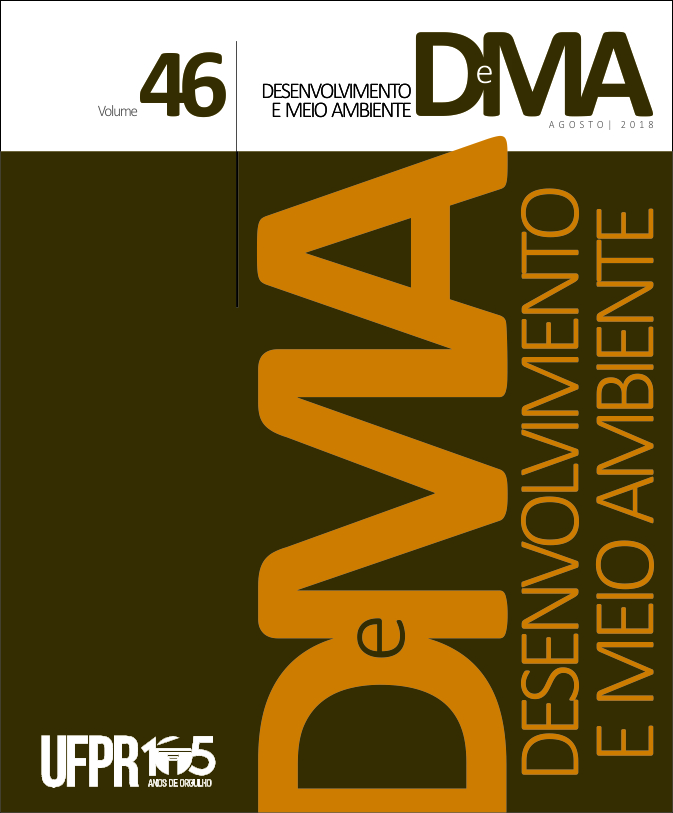Analysis of environmental crimes in the Baixo Amazonas and Tapajós regions, Pará, from 2012 to 2015
DOI:
https://doi.org/10.5380/dma.v46i0.54483Keywords:
Amazon, deforestation, flora, infraction, pollutionAbstract
Under Brazilian Federal Law 9605/1998, the Law of Environmental Crimes-LEC, or in another sparse norm, environmental crimes are illegal acts that cause harmful results to the environment. The objective of this study was to diagnose and analyze the environmental infractions committed in 19 municipalities of the regions of Baixo Amazonas and Tapajós, in the state of Pará, registered in the period from 2012 to 2015 by the State Secretariat of Environment and Sustainability - SEMAS. Bibliographical and documentary research was carried out in the infraction notices of 598 cases formalized by the state environmental oversight body, whose data were grouped into the five categories of environmental crimes set forth by the LEC and in a category for crimes under other laws. Among the analyzed processes, 69% were about infractions against the flora, with greater occurrence in the municipalities of Santarém, Monte Alegre and Novo Progresso. The deforestation / destruction of vegetation was the most common infraction typology against the flora, especially in Santarém, Monte Alegre and Prainha. Of the other cases, 11% concerned pollution offenses, 10% on crimes against environmental administration, 6% on crimes foreseen in other laws and 4% on crimes against fauna, and no crimes against urban planning and cultural heritage were verified. Santarém was the municipality that led the number of crimes in 04 categories. It is concluded that deforestation, prompted by the enhancement of the private interests of the exploitation of resources, indicates where the efforts of public power for the sensitization and discipline of society should converge.
Downloads
Published
How to Cite
Issue
Section
License
Copyright on works published in this journal rests with the author, with first publication rights for the journal. The content of published works is the sole responsibility of the authors. DMA is an open access journal and has adopted the Creative Commons Attribution 4.0 Not Adapted (CC-BY) license since January 2023. Therefore, when published by this journal, articles are free to share (copy and redistribute the material in any medium or format for any purpose, even commercial) and adapt (remix, transform, and create from the material for any purpose, even commercial). You must give appropriate credit, provide a link to the license and indicate if changes have been made.
The contents published by DMA from v. 53, 2020 to v. 60, 2022 are protected by the Creative Commons Attribution-NonCommercial-NoDerivatives 4.0 International license.
DMA has been an open access journal since its creation, however, from v.1 of 2000 to v. 52 of 2019, the journal did not adopt a Creative Commons license and therefore the type of license is not indicated on the first page of the articles.




